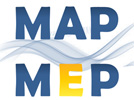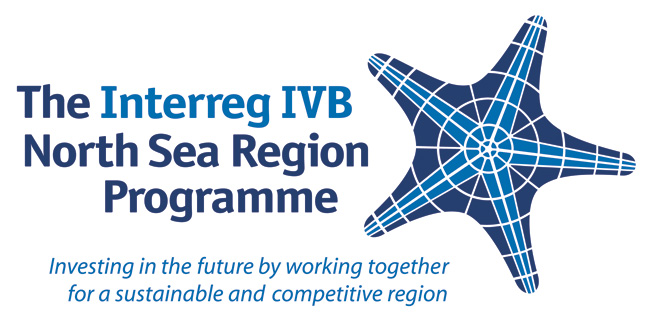MAP-MEP: the interactive energy map of the North Sea
What is the energy potential of the North Sea? Where can I find a good overview of energy resources?
MAP-MEP is the interactive energy map of the North Sea. That offers easy insight into the energy potential of the region. We offer you a clear view of both fossil fuels and renewable energy. Do you want an overview of wind, wave, or tidal energy? Or are you interested in fossil fuels? Our interactive energy map offers up-to-date information on all the latest energy developments in the North Sea.
Rich marine energy potentials form the basis for energy partnerships in the North Sea Region. However information about these potentials can be fragmented, both in space and by sector. If you are interested in the energy potential of the North Sea and looking for a good overview of the energy resources of the area, MAP-MEP can help you make informed decisions on new energy projects in the North Sea.
Link and analyse data
That is why we built a shared knowledge space on energy potentials in the North Sea Region. MAP-MEP offers a web-based information and communication platform. We make it easy for you to access and link geographical and thematic data on energy potentials in the North Sea Region.
Evaluate and compare
MAP-MEP helps you compare the technical, economic, and environmental performance of energy system options across the North Sea Region.

